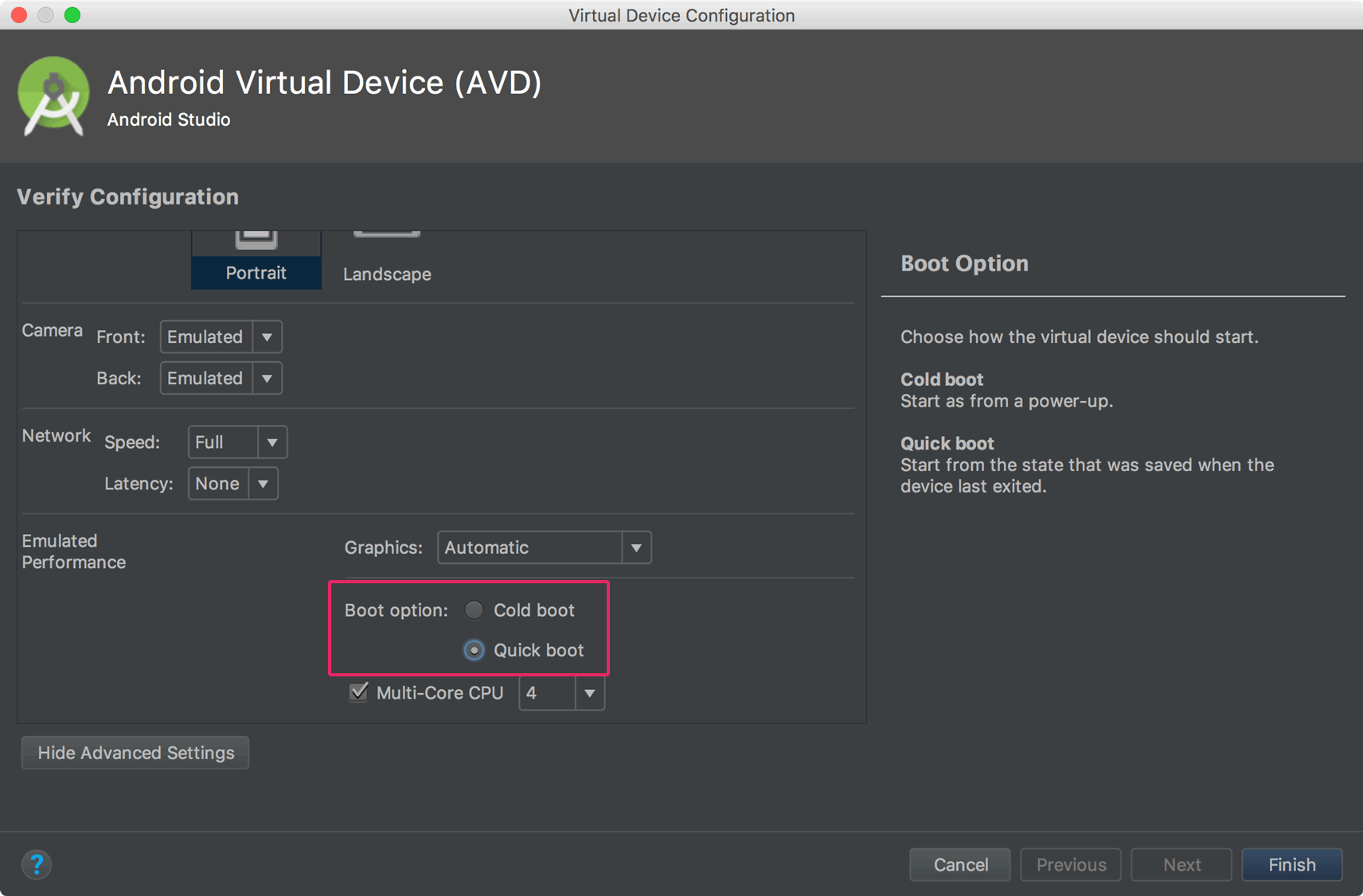
- #ENABLE QUICKBOOT HOW TO#
- #ENABLE QUICKBOOT INSTALL#
- #ENABLE QUICKBOOT UPDATE#
- #ENABLE QUICKBOOT SOFTWARE#
Wistron Corporation, a Taiwan based major ODM company, will showcase products with QuickBoot running on Freescale’s i.MX51 processors this week at Taipei, demonstrating “Instant-on without standby power” as a solution for its various product lines.
#ENABLE QUICKBOOT SOFTWARE#
TOKYO, – Ubiquitous Corporation, a Tokyo based leading embedded software company announces that “Ubiquitous QuickBoot”, the ultimate instant boot solution software for embedded devices, supports Freescale Semiconductor’s i.MX application processors as a primary platform among other ARM? based processors. QuickBoot supports Freescale i.MX processors as a primary platform to shorten time to market Tag: ESXi 6.7, VMware, VMware vSphere 6.Ubiquitous and Wistron showcase "QuickBoot" on Freescale's i.MX51 processor, Proving "Instant-On without Standby" of Smartbooks, e-Books and Tablets One may argue that it is not that much, but if you go to some really big environments, Quick Boot saves a hassle and prevents downtime. In my case, Quick Boot saved me like 2 min or so for rebooting ESXi. It makes applying changes a bit faster, making the overall experience with ESXi less annoying. ConclusionĮven though Quick Boot is officially said to work only on some Dell and HP servers, it is great to see this feature in VMware vSphere anyway. Having Quick Boot enabled, ESXi reboots in 1min 21s, while normally It takes 3min 12s. I did 3 reboots having this feature in place and 3 other reboots while it was disabled. To check whether Quick Boot really works, I measured how long it takes ESXi to reboot – from deploying the reboot command through logging in through the ssh session.
#ENABLE QUICKBOOT UPDATE#
To have the changes applied, I updated the host run on ESXi 6.7 Update 1. All other hosts that are managed from that vCenter server will have the change applied once you reboot the host while updating it. You do not need to reboot the host to apply the changes. Well, if it’s disabled for some reason, just check the appropriate checkbox. The feature should be enabled if one of the managed with vCenter Server hosts supports Quick Boot. Note that you cannot do that with HTML 5 console. Log in vCenter Server console with Web Console and go to Home => Update Manager => Manage => Settings => Host/Cluster Settings => Edit. If you have a host managed through vCenter Server, set up the feature with VMware Update Manager (VUM). Setting up Quick Boot with VMware Update Manager That’s it for Quick Boot configuration on a standalone host. Run these 2 cmdlets:Ĭat / scratch / vmware / loadESX / loadESX. Can you actually quick boot a server?įirst, you need to check out whether your hardware supports Quick Boot. Can I still enable that feature? To check it out, I used a regular ESXi 6.7 Update 1 build here instead of one tailored for Dell servers.
#ENABLE QUICKBOOT INSTALL#
At some point, it became really interesting to see not only how much time Quick Boot can save you but also what happens if I install a standard ESXi 6.7 Update 1 build on a Dell server. While checking whether any of my servers are on the compatibility list, I found a way to set up Quick Boot in ESXi 6.7 Update 1 builds tailored for Dell serves. For establishing an ssh session with the vCenter Server host, I used putty.

You can also find the compatibility list on your ESXi 6.7 Update 1 host at the following path: /usr/lib/vmware/loadesx/platforms.txt. Officially, it is available only for some HP and Dell servers. Unfortunately, one cannot simply enable Quick Boot. How fast will ESXi reboot with that feature in place?
#ENABLE QUICKBOOT HOW TO#
Looks really handy when all you need is just applying small changes or doing some update quickly, doesn’t it? In this article, I discuss how to quick boot a server and share my experience of using that feature. By optimizing the reboot path, Quick Boot enables to avoid time-consuming firmware and device initialization processes. Why does it deserve own article? Because, with this feature in place, rebooting ESXi won’t lead to restarting a server itself. Quick Boot is another cool feature introduced in vSphere 6.7.


 0 kommentar(er)
0 kommentar(er)
